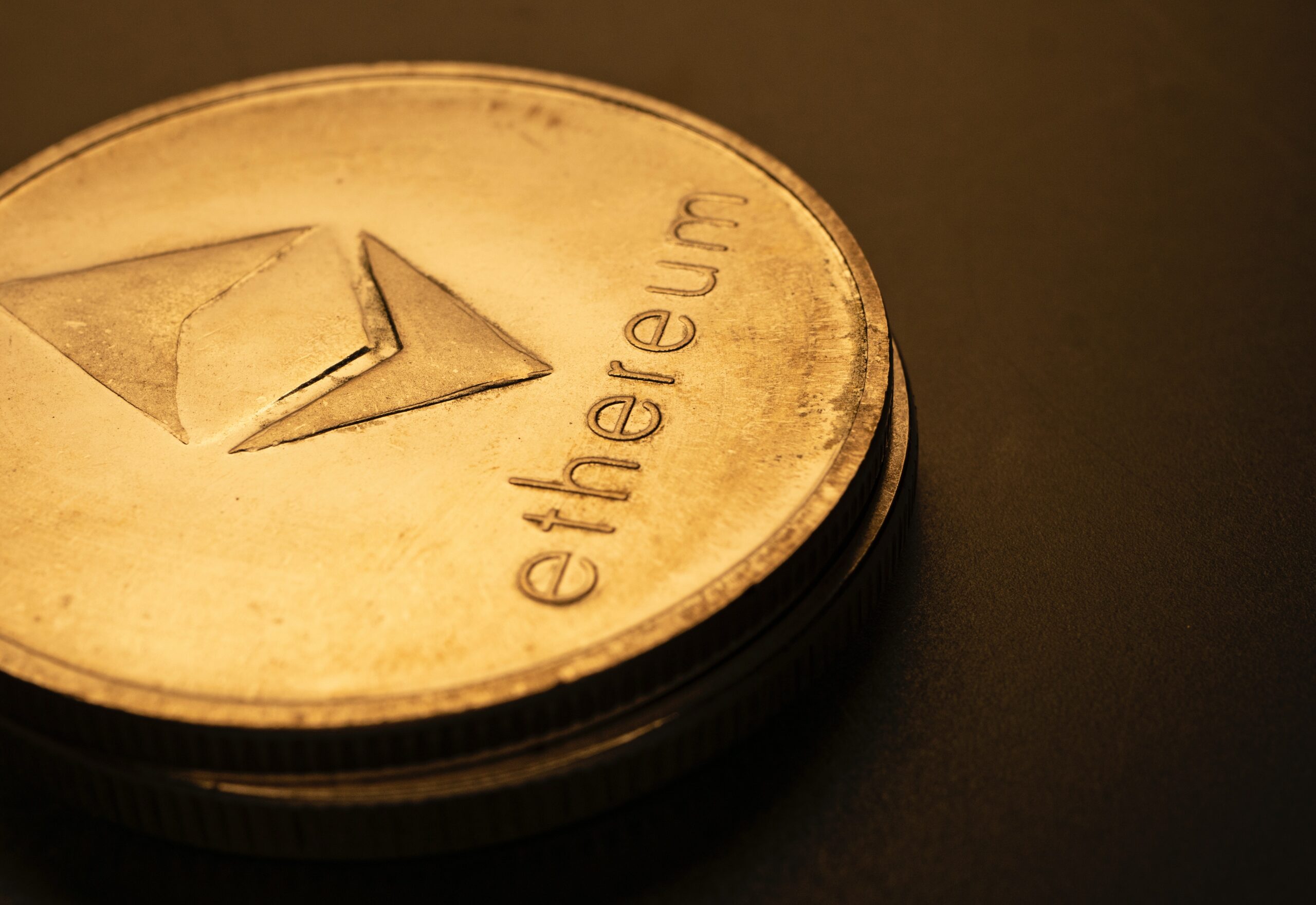What is MEV in Ethereum and How it Will Change after the Transition to PoS
Miner Extractacle Value (MEV) is a way for miners or validators to gain additional profit by changing the order of transactions before a new block is approved on the network. MEV is used to increase network fees at the expense of additional user costs, often associated with...

Miner Extractacle Value (MEV) is a way for miners or validators to gain additional profit by changing the order of transactions before a new block is approved on the network. MEV is used to increase network fees at the expense of additional user costs, often associated with transactions in decentralized applications.
In particular, miners or validators try to get into an arbitrage position in such a way that the user pays an additional fee unaccounted for before sending the transaction. MEV is considered bad practice.
According to experts, the transition to Proof-of-Stake (PoS) will not rid Ethereum of MEV, but will lead to the division of validators into professional categories, the emergence of different types of blocks and the creation of long-term strategies based on MEV.
How MEV Works
As you know, the blocks recorded in the blockchain are immutable information and cannot be rewritten. However, miners or validators can include, exclude, and reorder transactions in a future block at their discretion before they are confirmed.
Each unconfirmed transaction first goes into the public mempool. Next, the miners choose which transactions they will add to the block from the mempool. This is how miners form the most profitable combination of user transactions for themselves.
Miners (and after the transition of Ethereum to PoS – validators) prefer transactions of the largest size, building priority from largest to smallest, and add them to the future block, which will be recorded on the blockchain.
This feature led to the creation of a mechanism for extracting benefits by substituting transactions in the right order. This practice is called maximum recoverable value, or MEV.
The MEV strategy is for validators to look for speculative transactions based on the available unconfirmed transactions and increase the actual fees for their execution. Because MEV results in higher fees for the user, it is also called an “invisible tax” and is not unique to Ethereum.
When the “invisible tax” MEV appeared
For the first time, the problem of “substitution” of user transactions, now called MEV, was raised on Reddit by the algorithmic trader and analyst Pmcgoohan in 2014, even before the launch of the Ethereum mainnet. He suggested that miners, without violating any consensus rules, can manipulate user transactions for their own selfish purposes.
The term MEV was only put forward in 2019 in Flash Boys 2.0, which was the first public publication to explore the severity of the problem described by Pmcgoohan.
The scale and severity of the problem was only raised in 2020 in articles such as “Ethereum is a dark forest” and “Escaping the Dark Forest” written by Dan Robinson, Georgios Constantopoulos and crypto investor Samczsun. These posts were aimed at informing Ethereum users about the “invisible tax” being collected from users.
How to Prevent MEV
MEV is not unique to Ethereum. As the DeFi application sector matures and competition intensifies, bots have moved to EVM-compatible blockchains such as Polygon and BNB Chain. However, it was Ethereum that became the most advanced network in terms of dealing with this problem.
According to 2021 data, Ethereum miners earned $730 million in rewards for extracting MEVs – 4.3% of the total annual revenue. This indicates the growth of “dishonest markets” and leads to a deterioration in user experience due to the growth of commissions and the lack of predictability in the process of executing transactions.
In 2020, Flashbots, a centralized system funded by venture capital firm Paradigm, emerged as a solution. It does not seek to eliminate the problem, but rather to bring it under control by creating an open market through the development of a public auction of ETH transactions.
The solution quickly gained popularity. According to the research arm of the BitMEX crypto exchange, in May 2022, more than 90% of miners on the Ethereum network were connected to the Flashbots server. The researchers noted that 63% of the rewards for MEV transactions went to operators, while the remaining 37% went to miners.
What will Change after the Transition of Ethereum to PoS
Experts believe that changing the consensus algorithm in Ethereum will not change the basic principles of creating blocks on the network. As in the case of mining, validators are left with the ability to “assemble” blocks from transactions at their discretion.
At the same time, experts estimate that many non-professional node operators will appear in Ethereum. This could lead to the emergence of a separate category of participants from among the validators in Ethereum called “Block Builders”. They will provide the service of the most profitable grouping of blocks, helping to maximize profits and optimize the network.
